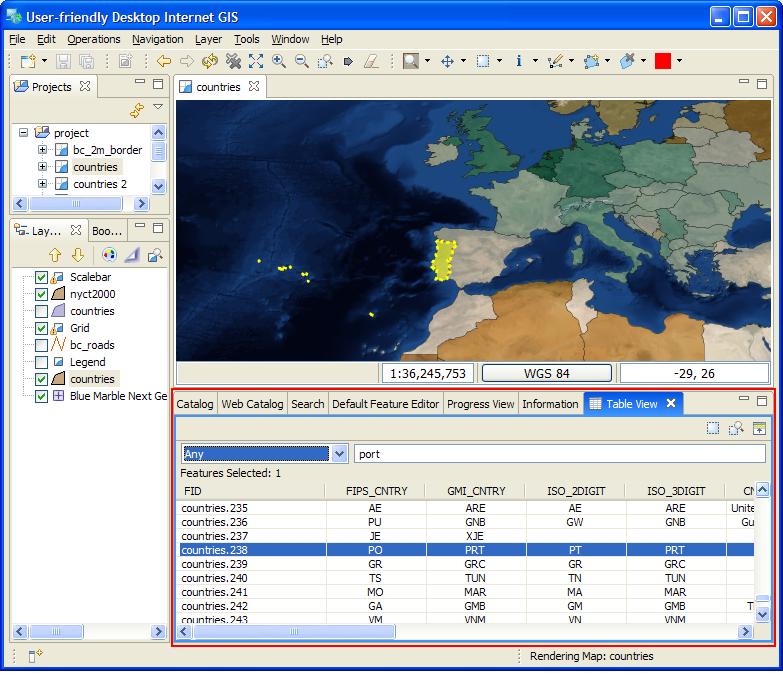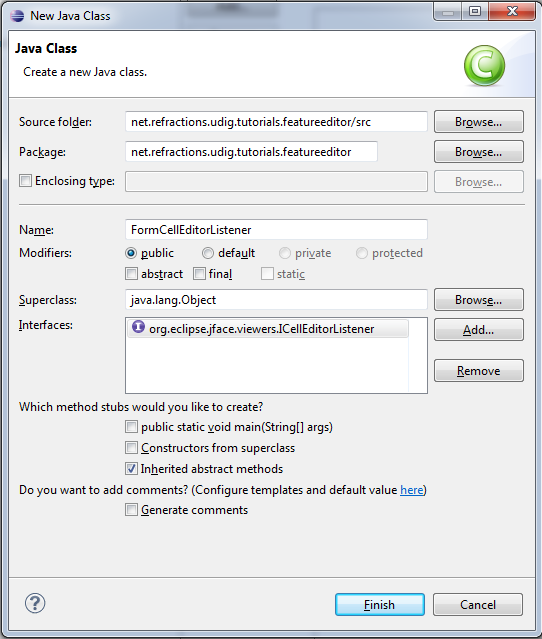

To have the selected overlay displayed in an alternative color style which is color blind friendly. When you have VIIRS/World Atlas 2015 overlay selected, you can check the "Color blind" option

These two base maps are provided by Microsoft REST service. There are two base layers available, Bing Road and Hybrid which is a mix between Satellite and Road type map.

Overlay and features have a slider below the selection which you can use to change its opacity. The “Map layers” section of the right menu contains controls which enable you to select a desired overlay, features and base map. You can click on the “i“ icon to get additional information about data displayed, Overlays, features and base map The menu can be hidden or displayed by clicking on menu button in the top right corner. The right menu contains controls which you can use to change map contents and view the legend. Another way to zoom in is to just double-click the map and it will zoom-in. You can also zoom to a desired rectangle by drawing it using shift-left mouse drag. Use mouse scroll wheel to change zoom or press +/- buttons on the toolbar. Left click and drag the map in desired direction or slide your finger if you are using a touchscreen capable device. Because of the latter it comes at a small price (less than 5 €).
#Udig tutorial plus#
It has the same features as the web version plus a few additional ones (offline mode, high DPI basemaps, mobile friendlier menus) and has NO advertisements.
#Udig tutorial android#
You can now get for your mobile device (Google Android / Apple iOS). SQM data: users and Unihedron SQM database (last import update: ). You can support the authors of World Atlas 2015 by visiting: The New World Atlas of Light Pollution - Paperback and buying it on Amazon The new world atlas of artificial night sky brightness. įalchi F, Cinzano P, Duriscoe D, Kyba CC, Elvidge CD, Baugh K, Portnov BA, Rybnikova NA, Furgoni R. Furgoni, Riccardo (2016): Supplement to: The New World Atlas of Artificial Night Sky Brightness. Baugh, Kimberly Portnov, Boris Rybnikova, Nataliya A. World Atlas 2015: Falchi, Fabio Cinzano, Pierantonio Duriscoe, Dan Kyba, Christopher C. VIIRS: NASA's VIIRS/NPP Lunar BRDF-Adjusted Nighttime Lights Yearly composites ("AllAngle_Composite_Snow_Free").Ĭlouds: EUMETSAT, NOAA, MOSDAC/SAC/ISRO and CIRA. Send comments about the map, new feature requests and bug reports to Jurij Stare If you want a more detailed analysis of radiance (VIIRS/DMSP) changes over a period of time, please use the Lighttrends application. If you have a permanent SQM reader installed you can add it to the map by contacting me. The primary use was to show VIIRS/DMSP data in a friendly manner, but over the many years it received also some other interesting light pollution related content like SQM/SQC measurements, World Atlas 2015 zenith brigtness, almost realtime clouds, aurora prediction and IAU observatories features. Is a mapping application that displays light pollution related content over Microsoft Bing base layers (road and hybrid Bing maps). Help using Table of contents About Navigation Changing map content Toolbar Extended toolbar Other functionalities FAQ Support Privacy policy About


 0 kommentar(er)
0 kommentar(er)
